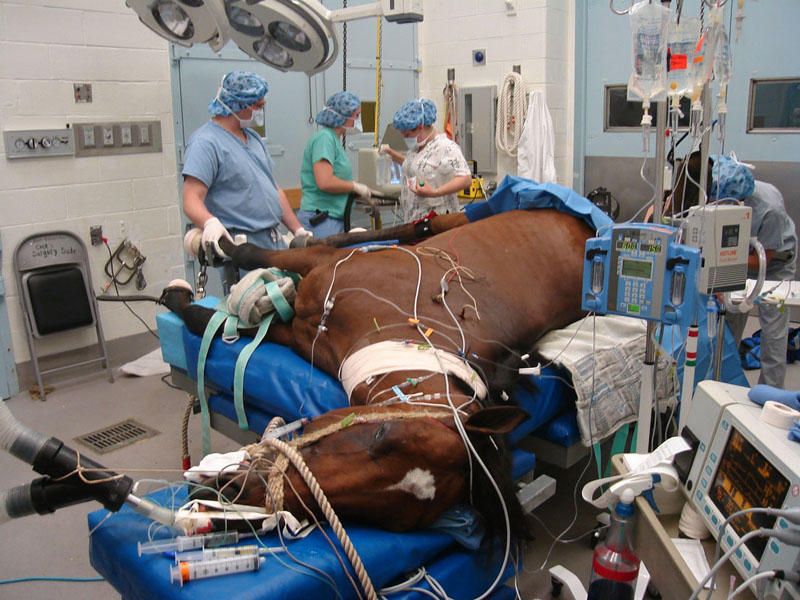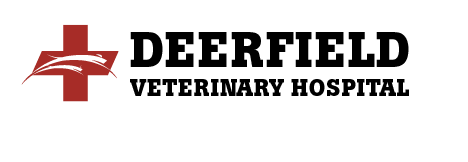Modern Veterinary Anesthesia

It’s a common discussion thread on any pet-related website…someone mentions that they have a friend whose aunt lost a pet under anesthetic and all of a sudden, stories of dogs and cats dying under anesthesia are flying back and forth. Some businesses even play upon these fears and misinformation by incorporating scary statistics of anesthesia related deaths into their marketing.
So, what’s the real story? How dangerous is veterinary anesthesia and how does your veterinarian make sure her patients have an uneventful surgery?
First, it’s important to realize that any two pets undergoing the exact same procedure may be at different risk levels for anesthesia. The animal’s age, weight and physical condition, as well as any concurrent disease, will determine anesthetic risk. There is no “one size fits all” type of anesthesia.
Next, consider the source of the information. As an example, companies and information sites that advocate “non-anesthetic” dental cleanings for pets, will often quote a small study showing 1 in every 256 animals had an adverse event under anesthesia. What they fail to tell you is that particular study was done at a veterinary teaching hospital whose caseload included many patients with significant risk factors for anesthesia. More comprehensive research has shown that problems with anesthetics occur in less than 1 in every 10,000 pets.
Starting in the late 1960s and early 1970s, veterinarians, working alongside human anesthesiology counterparts, began developing standards and guidelines designed to provide better comfort and analgesia for animals undergoing surgery. This eventually led to the development of the American College of Veterinary Anesthesia and Analgesia and approximately 220 board certified veterinary anesthesiologists around the world.
Their work has helped provide veterinarians in general practice better strategies in key areas, such as proper patient monitoring, prevention of drops in body temperature and how to best use the latest anesthetic drugs.
In any anesthetic event, knowing what’s happening on the inside of the patient is crucial. Modern monitoring devices, such as Welch Allyn’s ® Propaq monitor, allow veterinarians and surgical technicians to quickly spot trends in patient vital signs. By closely watching blood pressure, pulse rate, oxygen saturation, body temperature, respirations and carbon dioxide levels, veterinarians can address and even prevent adverse events.
Likewise, safety precautions for the patient are highly important. Circulating warm water blankets or forced air warming blankets (Bair Hugger®) can prevent hypothermia in anesthetized patients while state of the art calibrated fluid pumps can deliver precise levels of medications or vital fluids. Many veterinary hospitals now require patients have an IV catheter for all but the shortest of procedures.
Even anesthetic drugs have improved. Veterinary science now has safe anesthetic gases that quickly leave the pet’s system once the drug is removed from the breathing circuit. Reversible injections, such as Dexdormitor®, provide ways for veterinarians to wake up your pet more smoothly and get him back home to you sooner.
Finally, trained and highly skilled veterinary technicians and assistants are on hand to monitor your four legged friend. Along with the high-tech equipment, these surgical assistants watch all vital signs so that the patient is kept at just the right level of anesthesia…deep even to prevent pain, but not deep enough to depress vital functions. Many of these technicians will also further their own education by specializing in anesthesiology and becoming part of the Academy of Veterinary Technician Anesthetists.
Your veterinarian understands your concerns about anesthesia…it can be very scary. But, before you believe all of the Internet rumors about rampant dangers of pet surgeries or dental cleanings, consider talking with your veterinarian and asking him about the hospital’s surgical and anesthesia protocols. You might be surprised how far advanced animal clinics will go to keep your pet safe and secure during surgery.


